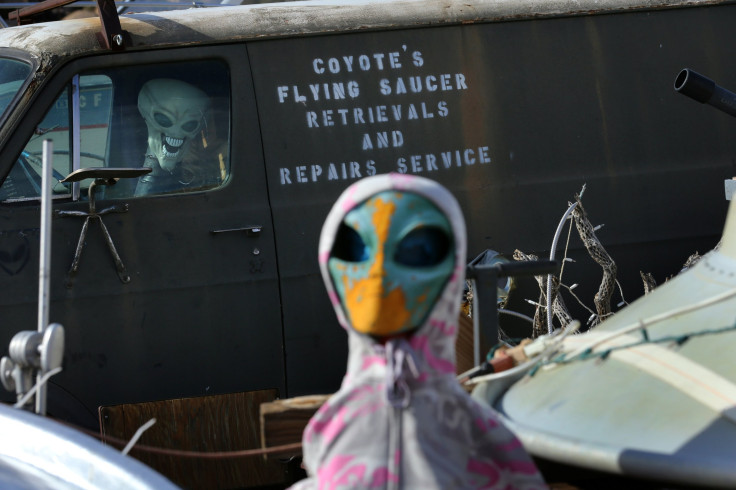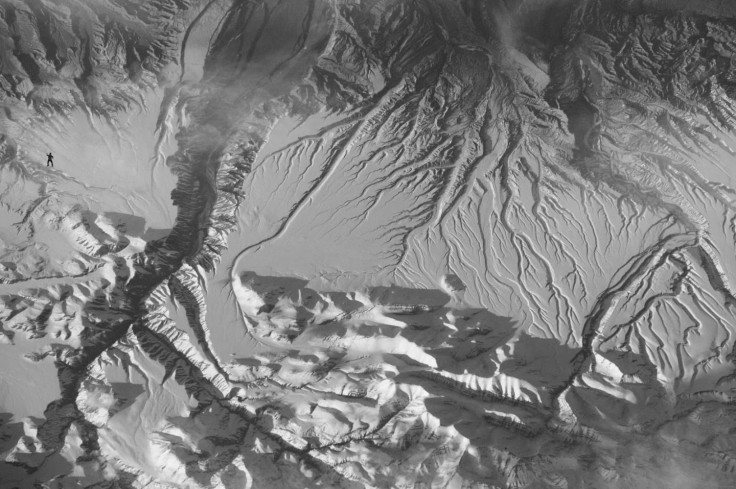Discovery Of Alien Life Made Difficult By Human Cognitive Limitations, Biases

Given the mindboggling vastness of the universe, as compared to Earth, and all the uncountable stars and planets within it, it is almost a certainty that life evolved elsewhere too. Our efforts to detect any such alien life or signs of intelligent existence beyond our pale blue dot have yielded nothing so far.
That could be for a multitude of reasons, and scientists from Spain invoked an old experiment — the famous Invisible Gorilla Test — to suggest that our failure so far to discover any life other than that on Earth could be a result of the cognitive limitations and biases inherent to humans.
“When we think of other intelligent beings, we tend to see them from our perceptive and conscience sieve; however we are limited by our sui generis vision of the world, and it’s hard for us to admit it,” Gabriel de la Torre, a neuropsychologist at the University of Cádiz, Spain, explained in a statement Tuesday. With his colleague and fellow neuropsychologist Manuel Garcia, de la Torre published a new study on the subject.
They took as their basis the Invisible Gorilla Test, a version of which was conducted in 1999 by Daniel Simons of the University of Illinois at Urbana-Champaign and Christopher Chabris of Harvard University. The test asked participants to count the number of times a basketball was passed between a group a people, and at the end of it, questioned participants if they noticed a person in a gorilla suit who walked through the group of people passing the basketball. Over half the respondents failed to see it, as they concentrated on counting the ball passes.
de la Torre and Garcia conducted a similar experiment with 137 people, each of whom were shown photographs taken from the air. They were asked to separate images that showed natural formations, like rivers and mountains, from those of human-made structures, like buildings and roads. One of the photographs had a small image of a gorilla inserted in it, and the test participants were later asked if they noticed it. The results were similar to the experiment from the 1990s.

The researchers also assessed, prior to the test, the cognitive style of the participants, and categorized them as more intuitive or more rational. They found that the intuitive participants noticed the gorilla in the photograph more often than the rational participants.
“If we transfer this to the problem of searching for other non-terrestrial intelligences, the question arises about whether our current strategy may result in us not perceiving the gorilla. Our traditional conception of space is limited by our brain, and we may have the signs above and be unable to see them. Maybe we're not looking in the right direction,” de la Torre said in the statement.
In the study, the authors “explain how our own neurophysiology, psychology and consciousness can play a major role in this search of non terrestrial civilizations task and how they have been neglected up to this date.”
Titled “The cosmic gorilla effect or the problem of undetected non terrestrial intelligent signals,” the study appears in the May issue of the journal Acta Astronautica.
© Copyright IBTimes 2024. All rights reserved.





















